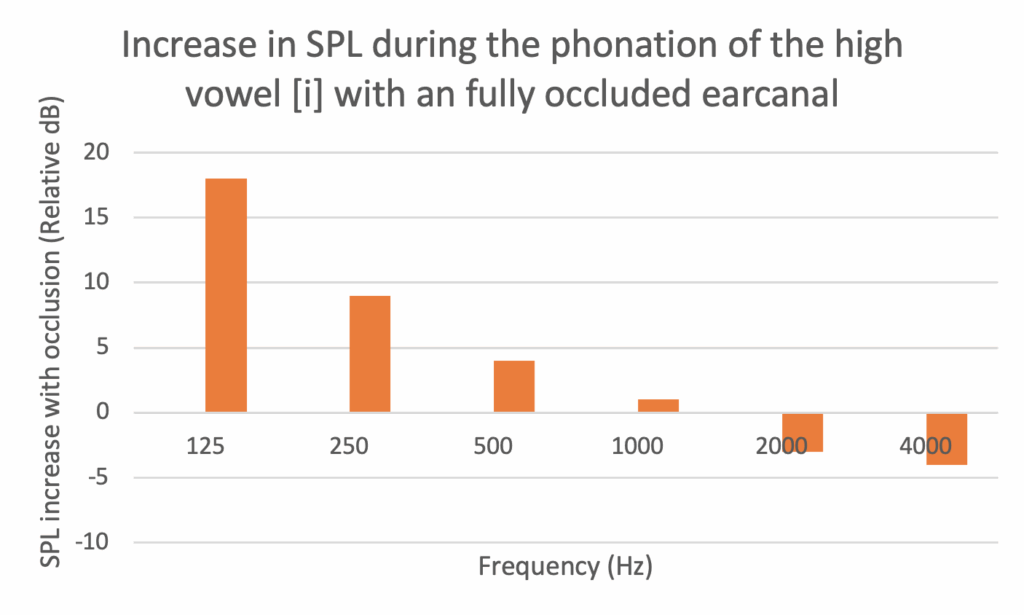Quick Answers
Minimizing the Occlusion Effect with Musicians’ Earplugs
Since 1988 uniform (flat attenuation) earplugs have been available for those in the audio industry and in the performing arts. With the introduction of the ER-15 musicians’ earplug from Etymotic Research (ER) (www.Etymotic.com) based on the work of Elmer Carlson and Mead Killion, custom made ER15 earplugs have been the mainstay in the industry. These custom-made earplugs attenuate all sounds equally between 63 Hz and 8000 Hz (but with a 3-4 dB dip in the 6000 Hz region). Music can now sound like music, only at a safe and more comfortable level.
One of the ingenious features of this flat attenuation earplug is that the attenuation is “only” 15 dB. While this does not sound like a lot of attenuation, it is quite sufficient to reduce exposures up to 100 dBA to a safe level (less than or equal to 85 dBA). For every 3 dB reduction of sound, the potential damage is halved. A reduction of 3 dB means that a wearer can be exposed to music (or noise) for twice as long as without hearing protection; a 6 dB reduction corresponds to a ¼ exposure; a 9 dB reduction corresponds to a 1/8 exposure; a 12 dB reduction corresponds to a 1/16 exposure; and a 15 dB reduction corresponds to a 1/32 exposure.
This means that the ER15 will allow a wearer to be exposed 32 times as long as without hearing protection, and as long as the long-term sound level is less than 100 dBA, there should be no hearing risk.
However, whenever the ear canal is occluded (with an earplug or hearing aid), a client may report an occluded sensation. This is quite real and can be measured with real ear measurement techniques, and can be up to a 20 dB increase in sound pressure level at 250 Hz. The occlusion effect is minimal above 1000 Hz.

The two clinical strategies to minimize the occlusion effect are to have a long earmold bore that extends past the second bend of the ear canal to prevent the osseous portion of the ear canal from vibrating, or to use a vent that would serve to bleed off the low-frequency increase in sound pressure level. Both strategies can work well, but the long ear canal approach can be irritating and uncomfortable for many users.
Clinically, the vast majority of my performing artists use a 1.5 mm vent that resolves this issue. But this is not required for all musicians- specifically, I am only concerned about the deleterious effects of the occlusion effects whenever there is phonation or vibration that is transduced to the osseous portion of the ear canal. Venting of the musicians’ earplugs are only required for vocalists, brass players, and reeded woodwinds. String and percussion players do not typically phonate or have to rely on vibrations (from the vibrating lips or reed) and as such are not as subject to the occlusion effect.
But what is the effect of a 1.5 mm vent in musicians’ earplugs? Vents of this diameter (and length) will reduce the attenuation at 250 Hz by about 4-6 dB, but given that most forms of music have most of their energy at and above 500 Hz, this is a minor issue. In terms of a Damage Risk Criteria (DRC), instead of the ER15 providing a condition where wearers can be exposed 32 times as long as without hearing protection, with the vent in place, they can still obtain a condition where they can be exposed 28-30 times as long as without hearing protection… and without occlusion.

